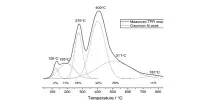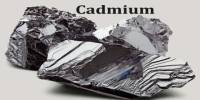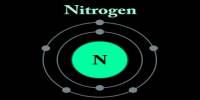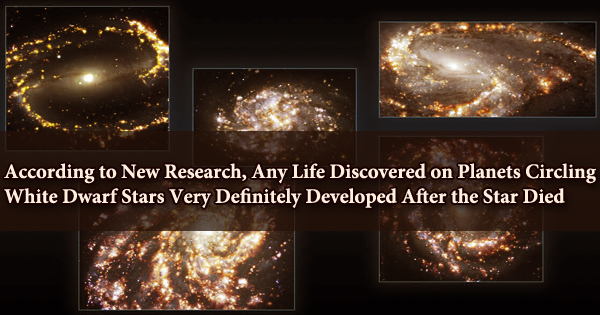The study of the dynamics of electrically charged fluids is known as electrohydrodynamics (EHD), also known as electro-fluid-dynamics (EFD) or electrokinetics. It is a physics and engineering field that investigates the interaction of electric fields and fluid flow. It is the study of ionized particle or molecule motions and interactions with electric fields and the surrounding fluid. It studies the behavior of electrically charged fluids in the presence of electric fields, such as plasmas or ionized gases.
The basic idea behind electrohydrodynamics is that applying an electric field to a fluid or gas can cause motion and generate flow patterns. The interaction between the charged particles in the fluid and the electric field causes this phenomenon. The electric field exerts forces on charged particles, causing them to accelerate or redistribute within the fluid, resulting in fluid motion.
The term is sometimes used interchangeably with the more complicated electrostrictive hydrodynamics. Electrophoresis, electrokinesis, dielectrophoresis, electro-osmosis, and electrorotation are all types of particle and fluid transport mechanisms covered by ESHD. In general, the phenomenon is associated with the direct conversion of electrical energy into kinetic energy and vice versa. EHD has numerous applications, including microfluidics, aerosol science, electrostatic precipitation, and electrospinning.
There are two primary mechanisms involved in EHD:
- Electrostatic forces: When an electric field is applied, it creates electrostatic forces on the charged particles in the fluid. These forces cause the particles to migrate and redistribute themselves, leading to fluid flow. This phenomenon is known as Coulombic or field-induced flow.
- Electrophoretic forces: Charged particles in a fluid experience electrophoretic forces when subjected to an electric field. These forces arise due to the interaction between the charged particles and the electric field gradient. Electrophoretic forces cause the particles to move towards regions of higher or lower electric field intensity, depending on their charge polarity.
Shaped electrostatic fields (ESFs) generate hydrostatic pressure (HSP, or motion) in dielectric media. A flow is produced when such media are fluids. There is no flow if the dielectric is a vacuum or a solid. Such flow can be directed against the electrodes in order to move them. The moving structure acts as an electric motor in this case. EHD’s practical applications include common air ionisers, electrohydrodynamic thrusters, and EHD cooling systems.
In the second case, the opposite occurs. A powered flow of medium within a shaped electrostatic field adds energy to the system, which electrodes detect as a potential difference. In this case, the structure serves as a generator of electricity.
EHD has various practical applications. Some notable examples include:
- Electrostatic precipitation: EHD is used in air pollution control systems, such as electrostatic precipitators.
- Ion propulsion: In spacecraft propulsion systems, EHD is utilized in ion thrusters. Electric fields are used to ionize propellant gases, and the charged ions are accelerated to generate thrust.
- Inkjet printing: EHD plays a crucial role in inkjet printers. Electric fields are used to control the flow and ejection of ink droplets from the print head, allowing precise and controlled deposition of ink on paper.
- Electrospinning: EHD is employed in the production of nanofibers through electrospinning. An electric field is applied to a polymer solution or melt, causing the formation of a charged jet that solidifies into ultrafine fibers.
- Lab-on-a-chip devices: EHD is utilized in microfluidics to manipulate and control fluid flow at small scales. Electric fields can be used to drive fluid motion, mix fluids, sort particles, and perform various analytical and diagnostic operations.















